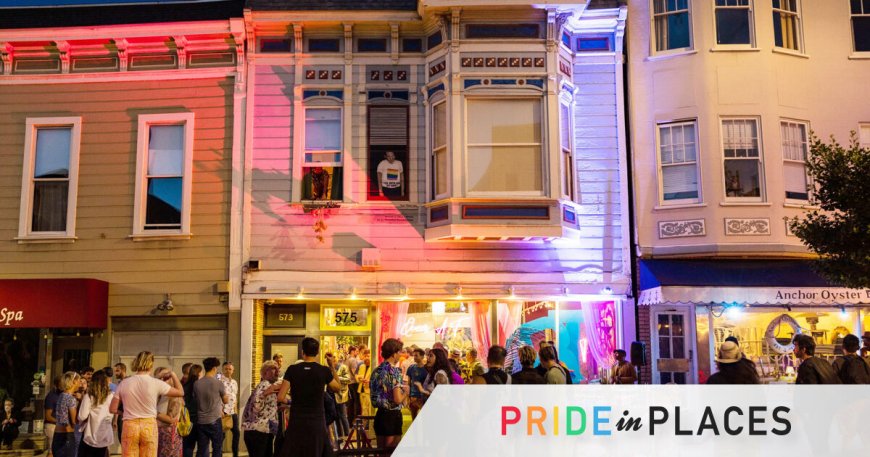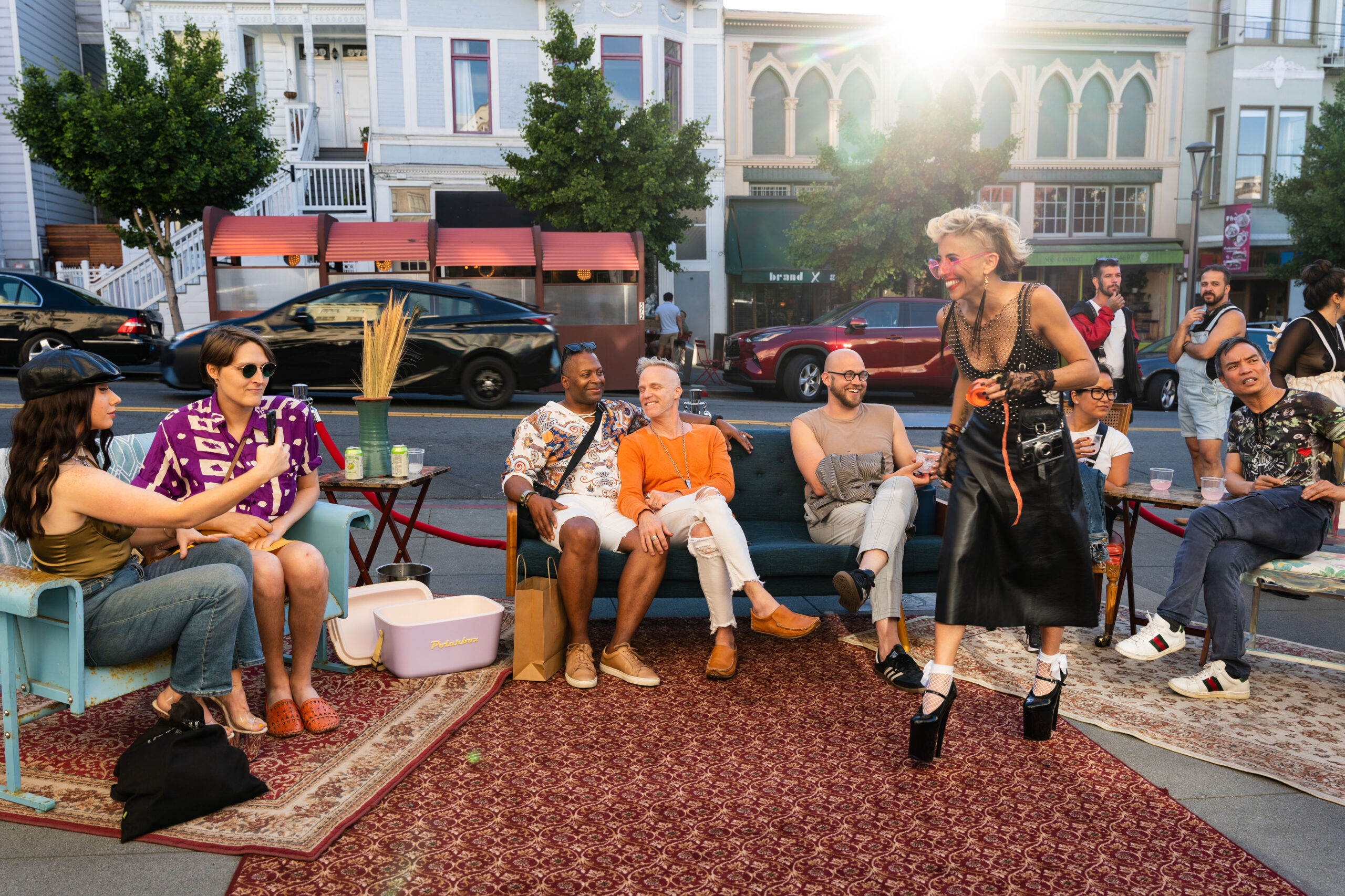Pride in Places: Harvey Milk’s former San Francisco headquarters remains a hub for queerness
"The importance of Harvey cannot be understated for queer San Francisco."


Harvey Milk united the residents of his San Francisco gayborhood operating the Castro Camera from 1972 until his assassination in 1978.
He was an amateur photographer and opened the store with his partner to showcase his work; they lived in the apartment upstairs. His presence welcomed the LGBT community inside, and naturally, those four humble walls manifested as a fortress for grassroots activism.
He became the first openly gay man elected to public office in California in 1977. His campaign staff operated out of the Castro Camera with Milk and helped run its other initiatives.
Unlike politics, Milk’s allies didn’t work with him as a means to an end or a stepping stone in their career. No political party rallied around him; he stood for a group of people and their social acceptance. Milk inspired the kind of loyalty that people followed to a revolution.

As often happens when there’s a threat to the patriarchy or status quo, Harvey Milk was killed, but his spirit marches on at 575 Castro Street. The community is quick to remind any new tenant.
Queer San Franciscans agreed on the sacredness of the location as a hub of a movement; however, how the venue should be operated in modern society persisted as a subject for debate.
On any given day in Castro, you could walk past the historical landmark and wave at a friendly image of Milk shown on his apartment window. He reminds you to “give ’em hope.”
In 2008, longtime residents were transported back to the peak of their neighborhood’s queerness when filmmaker Gus Van Sant recreated the area, including the Castro Camera, to resemble its former days for a biopic.
In 2011, the Human Rights Campaign moved in. It leased the space as an “action center” and store, selling T-shirts, tote bags, celebratory snow globes of same-sex newlyweds, and items bearing Mr. Milk’s words or image.
Critics argued their organization using the Castro Camera to sell merchandise wasn’t worthy of its legacy, and their corporate activism lacked the essence of Milk’s political cojones. Others suggested the Trevor Project should be entitled to occupy the venue. And some were content to see the store continue to shelter gayness.

The HRC occupied the Castro Camera until 2021. Unrelated, a year later, the organization elected Kelley Robinson as the first Black queer woman president in its 40+ year existence, a former grassroots activist.
She recently spoke to our sister publication about the risk she accepted when becoming the first Black female face of the movement. She didn’t know at what point people started considering queer liberation safe.
“We are fundamentally challenging the systems of power – we’re trying to change the country,” Robinson said, pointing to Martin Luther King, John Lewis, and other historical luminaries who died for the sake of their people.

But Robinson also emphasized that everyone has a different role in the movement, including the right to follow what calls them. But our actions are connected to the past and future through the ripples, not unlike the timeline of historically queer buildings.
In 2022, Devlin Shand, Erika Papas, and Fadi Salah co-founded Queer Arts Featured, an artist-led gallery, and boutique located at 575 Castro Street. Shand said their first day landed on Judy Garland’s 100th birthday.

He is also aware of the memories imprinted on their business structures, including from a commercial real estate perspective.
Shand told GayCities they were received by the community with open arms, and the gallery will be celebrating its 1st anniversary this summer.
“The importance of Harvey cannot be understated for queer San Francisco,” says Shand.

Shand lived in San Francisco for nine years, and he remembers on his first day, it happened to be Milk’s birthday, May 22nd, so Harvey’s was the first restaurant he tried in the city.
“My friend made the connection that because it used to be a camera shop, and HRC just vacated, it would be fun to do something photographic in the space,” said Shand, “When that became a reality for us, the idea snowballed.”
The founder said his team wanted to reinvigorate the location as a community hub, and because they were creatives, supporting queer artists became their goal and mission statement.
The project was planned as a pop-up for a few months, and now they’re laying down the foundation to make Queert AF a self-sustainable long-term business.

“It’s so much more than I could have ever dreamed in every direction, and we’re really only getting started. The main forward projection is having as many events as possible for [the queer] community and private event rentals. We created a beautiful space there, and now we want to give folks from all over a home in the Castro.”
Regarding Harvey Milk, you can still wave to him from his bedroom window; his photo remains more animated with his spirit whenever queer minds gather to ponder or celebrate.
Maybe that’s just a hopeful gay author’s projection.
Still, Camera Castro’s walls have always existed under commercial zoning and continue to hold and evolve with queer ambition and passion.


 Mark
Mark 





